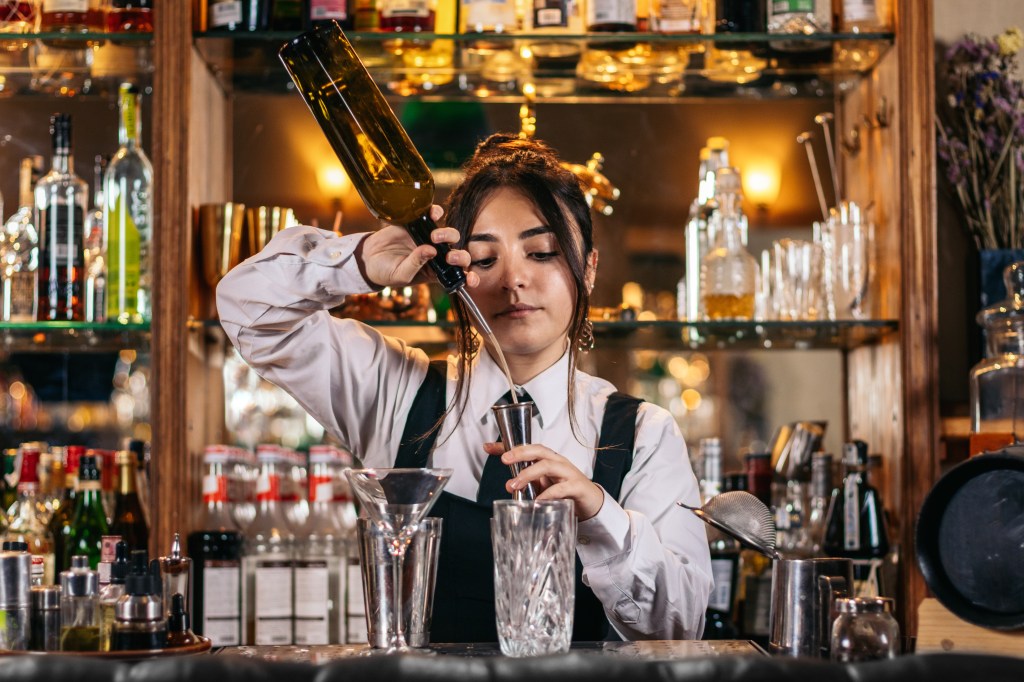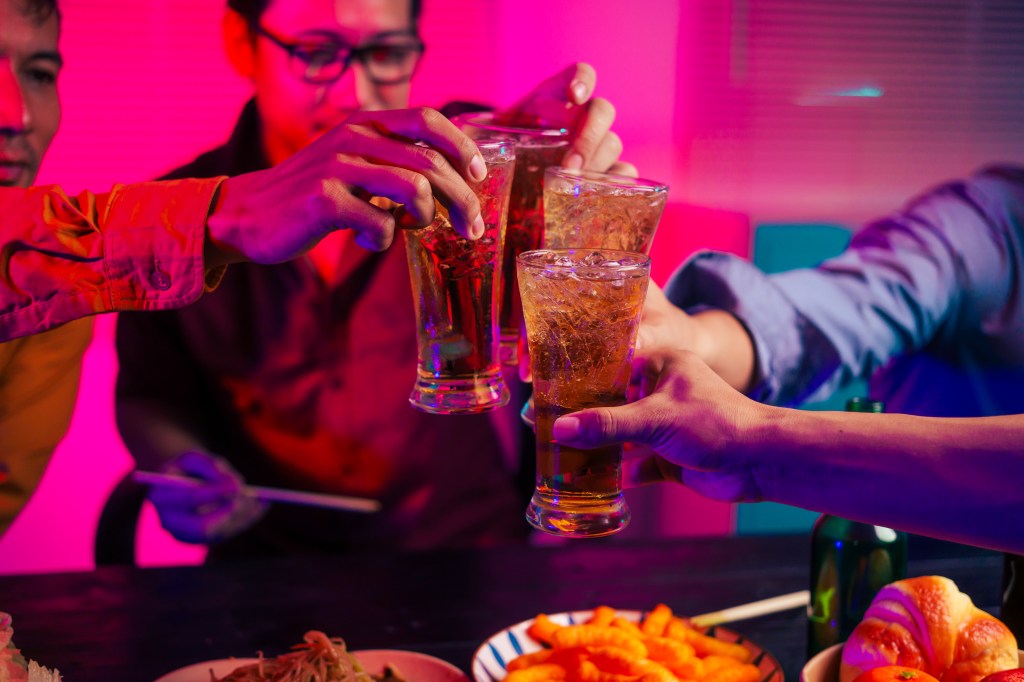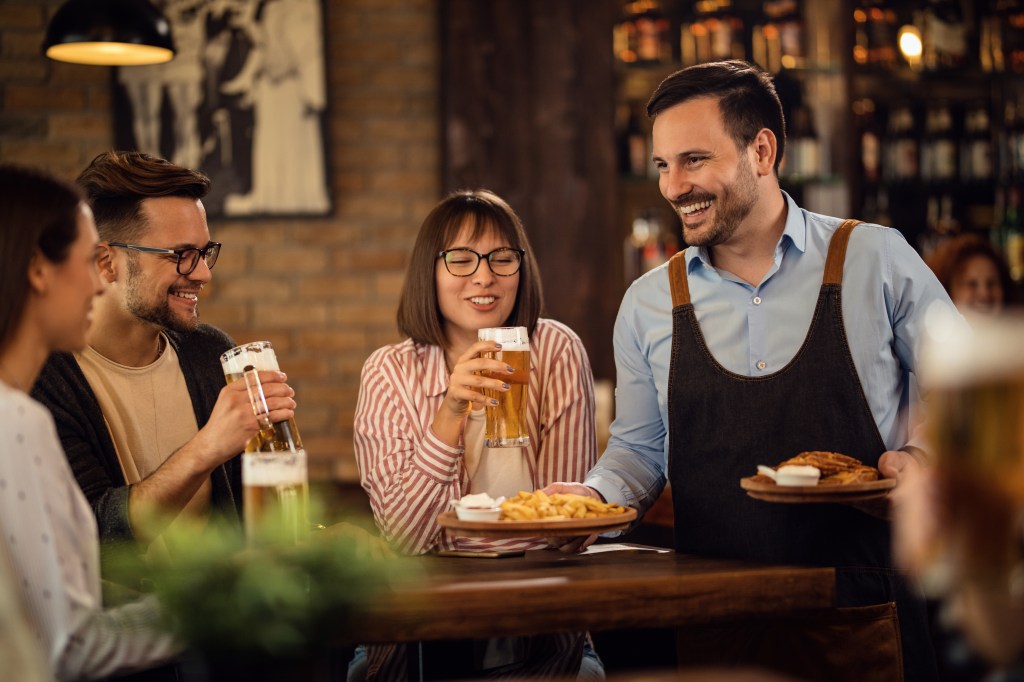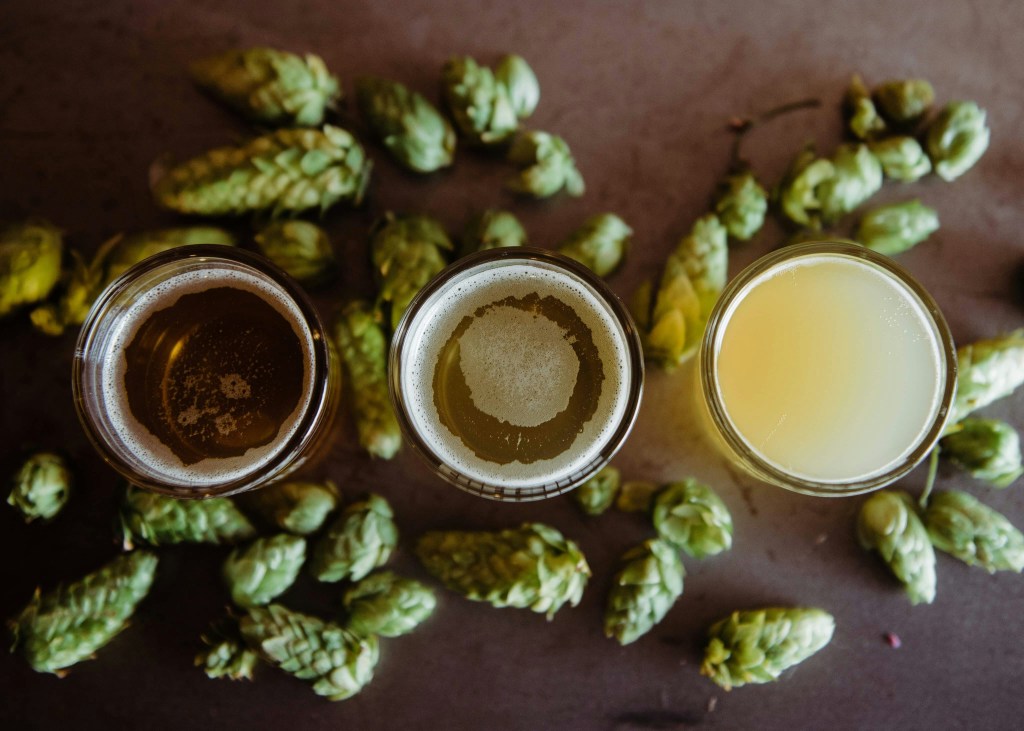A World Cup like no other
Usually taking place in the summer months for Northern countries, the World Cup has traditionally provided boosts to both beer and soft drinks sales, with sales further accelerating due to warmer than usual weather. The U.K. is a good example of those trends.
According to NielsenIQ data, heatwaves boost FMCG sales during the World Cup, with the 2018 event seeing increased total store value sales in the U.K. by 3.8%.
In the absence of warm weather, as seen in the 2014 World Cup, total sales slumped to -3% versus the previous year. With average maximum temperatures in Qatar expected at 7°C in December and timed against the festive holiday season, how can the FMCG industry plan for the unprecedented?
Think big picture: At the pub and at home
Though the weather may be a mitigating factor to beer and soft drink sales, one thing is for certain: due to location and timing, many people will be watching the games from their home countries this year—either in the pub with friends or at home.
According to NielsenIQ data, in Poland but also in Croatia and Serbia, beer, cider, and ready-to-drink alcoholic beverage sales generally see a boost during the World and Euro Cups due to at-home viewing and viewing parties.
But in public spaces like the café, pub, and bars, manufacturers should think of individual drinks that resonate with their populations.
The U.K. co-hosted Euro 2020 last year and according to CGA by NielsenIQ, England’s final against Italy (11th of July 2021) boosted drink sales by 33%, with a gulf in figures between venues screening the game (up 64%) and those who were not (down 5%). Meanwhile, standard lager and draught beer tended to see an uplift (versus spirits) and continued to be key in on-premise activation.
Manufacturers looking to maximize their revenue during the World Cup should obtain a complete view of what’s being sold in grocery stores, restaurants, and bars to fully grasp consumer preferences and behavior.
Tie your promotions across categories
Having these categories in mind will help set the right focus when defining the promotions in-store. Football fans from Dublin to Berlin would traditionally watch TV with beer and chips and will be price-sensitive to a promotional price cut. For instance, in Germany, 15% price-off reduction on beer items leads to +50% volume sales on average and +60% for chips and snacks. Combined with a World Cup in-store display, the impact could be considerably increased.
With beer traditionally a more summer sporting event drink, don’t neglect spirit promotions as we head into the holiday season. Think about holiday items you’d promote during Christmas—like ready-to-drink premium cocktails—and put a World Cup twist to it. This could include products like pumpkin spice martinis with a limited-edition World Cup martini glass or apple cider mojitos with downloadable scoreboards.
Even constrained spenders want to celebrate
Coming off the back of two and half years of the pandemic, consumers want something to look forward to. But supply chain issues and inflation have put a wrinkle in the celebrations, as in June 2022, 65% of EU consumers said the cost of their weekly shop has increased from six months ago—up from 54% in December.
And it’s not just consumer perception of rising prices, it’s reality. According to NielsenIQ’s Global Price Tracker, FMCG prices have increased as much as 11% in the U.K., 9% in Poland, and 8% in Germany.
Despite inflationary pressures, even the more constrained spenders who are watching their wallets most want to indulge in that occasional splurge at the grocery store. This is a way of “treating themselves” as endemic lifestyles continue to put emphasis on “at home.”
Globally, and in Spain as shown in the example above, consumers have signaled that they intend to redirect spend from out of home into at-home consumption occasions. This is likely to apply to viewing World Cup games at home and is a big opportunity for retailers and manufacturers to fill the occasion needs with refreshments, snacks, and at-home products.
With this in mind, this year could be a great time for examining the price elasticity of your more affordable brands, while still giving the aura of “indulgence.”
For more insulated consumers, think about promoting that exclusive craft beer or premium spirit. Ensure your assortment on the shelf caters to both ends of the shopping spectrum.
Safe celebrations
The past few years have shown that COVID infections spike in colder seasons as people congregate inside. Due to the timing of the games, World Cup games will most likely be watched inside houses or pubs, therefore it will be important to promote safety and hygiene when celebrating the World Cup this year—depending on the Covid situation by the end of year.
When hosting watch parties or supplying snacks to pubs, think single-serve options to decrease contact points or stock up on self-tests for your guests before they arrive.
Explore opportunities in quick commerce and delivery services, as going out becomes ordering in
With purse strings tightening for many, ordering in is replacing going out. But it’s not just the restaurants that will benefit—grocery retailers can gain loyal consumers through delivery services these days as well.
Get the latest quick commerce data on what people are ordering and when, to inform your price and promotional strategies—and increase profitability.
France’s capital is one of the cities to look after when it comes to food and quick commerce, as this channel already represents 22% of online sales in Paris, according to Foxintelligence. With no less than 40% of beer online purchases in Paris sold through Q-commerce sites, this is something brands cannot ignore anymore.
Planning amidst a disruptive retail and consumer landscape
There’s no disputing the past few years have thrown several curveballs at the FMCG industry, making it exceedingly difficult to plan based on yesterday’s strategies and data sets.
Manufacturers and retailers today need the broadest and most granular data available to make informed decisions for the future—in the supermarket aisle, within their chosen e-commerce platform, and in the restaurant or café.



